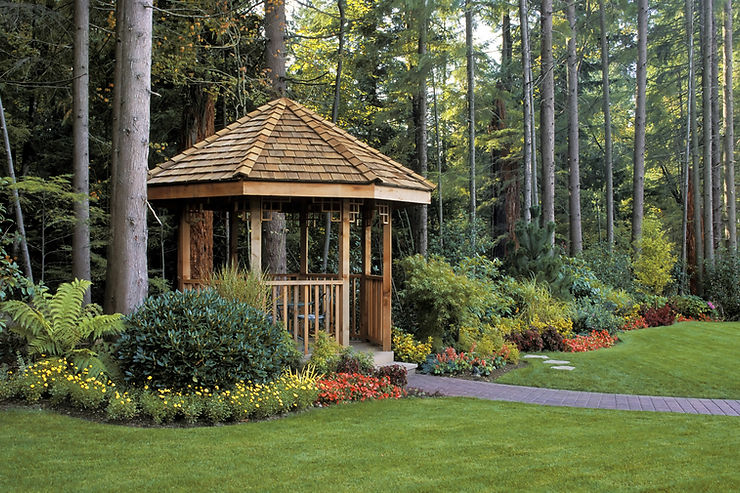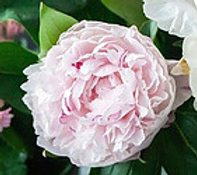When people think of flower classifications what comes to mind is usually what you were taught in middle-school Biology classes. Things like kingdom, class, order, family, genus, and species will more than likely pop into your brain. Well, I am going to re-route your thought processes and have you think of something much more simple.
When I think of flower classifications, I think of three basic things: annuals, biennials, and perennials. In this post, I will simplify flowers by dividing them into 3 basic groups pertaining to their life cycles. My goal of this post is to help remove some of the complexities of classifying flowers.
(Some of the links within this post are affiliate links on which I receive a small compensation from the sale of certain items.) (As an Amazon Associate I earn from qualifying purchases.)
Annuals – Once a Year Beauties
Many of the flowers you see during late April or early May at Home Depot or Lowes are annuals. They usually are not displayed outside until this time, because they have to be protected from late frost; you can read more about frost dates in my post, Gardening for Beginners. If you plant them too soon in your garden you will have to protect them on frosty nights. Some ways to protect them are by bringing them inside if they are in pots or by covering them gently with newspaper, light weight sheets and/or blankets.
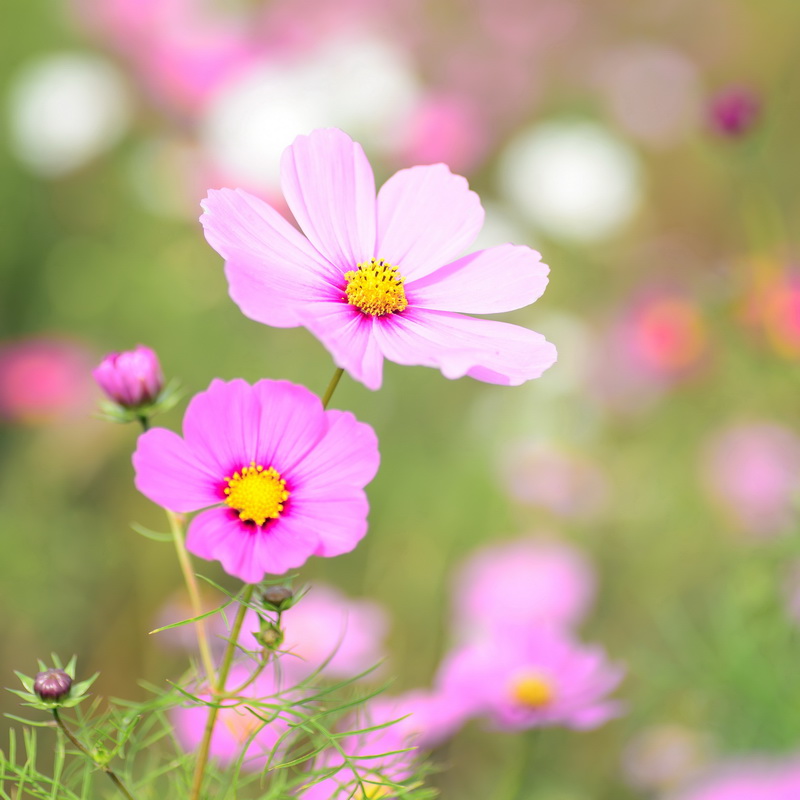
Life Cycle
Their complete life cycle is only one year; one growing season. They first produce leaves, then flowers, followed by seeds and then die off. Some annuals are self-sowing meaning they drop their seeds to the ground and reproduce yearly. Planting annuals is labor intense in the spring, but once planted, all you need to do is dead-head and water.
One common annual plant that reseeds is a cosmo. That is why you often see them in highway medians.
Annuals have a lot of ground to cover in their short lived lives and they come in many varieties of color. They bring beauty to any garden and are generally used to fill in blank spots. They produce a pop of color between sporadic blooms of perennials.
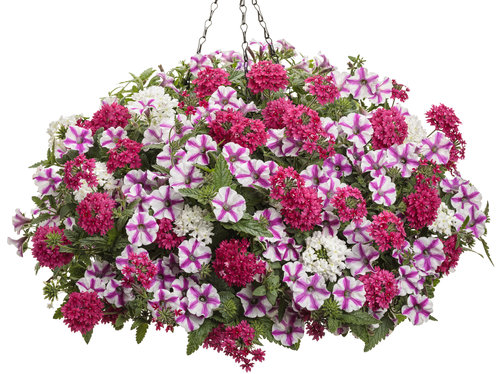
Biennials take two full years to go through their life cycle. The first year usually consists of leaves and the second year is when they typically bloom. They, like annuals, flower, seed, then die off so you will have to replant them in a couple of years. A common example of biennials is sweet William. This flower has a wonderful sweet aroma; they remind me of what my mom called pinks (dianthus). However, pinks are perennials.
Perennials – The P-P’s…Permanent Perennials!
Perennials, like the title says, are permanent. Once planted they will probably out live you! You can buy a perennial as a seed or as a small plant. I tend to buy them as plants because I am too impatient for the seed to germinate and grow. However, they are much more expensive to purchase that way. I found the best time to buy them is at the end of the season when stores want to display their autumn flowers; but there will be slim pickins’ as far as variety.
Once you plant the flower, they sometimes bloom the first season and then will die off and become dormant for the winter. I know peonies take many years before you get the first blossom, but they are worth the wait!
Versatile Perennial
Perennials can also be planted in the shade, part shade or sunny areas. My previous post describes the changing sun. You may want to refer to that for guidance. Some remain evergreen which adds interest to a winter garden and many spread. It’s best to read the tag on the plant when purchasing them so you know what to expect when they mature, but that’s for a future post!
One other nice feature of a perennial is that you can separate and share them with neighbors and friends. Day Lillies and hostas are very easy to separate; just press down with a spade shovel between leaves and pull apart. It is easier to separate these flowers when their new growth is small in the spring, although I have separated them when they were spent in the fall. I wouldn’t recommend splitting them at their peak in the summer.
Easy to Work With
Perennials are basically low maintenance plants. You will have to clear away the dead, though, at autumn’s end. Or you could do this at the beginning of the spring if you have harsh winters. Leaving the dead leaves on the ground will help insulate them in cold temperatures.
Unlike annuals and biennials, perennials have specific blooming periods. Some blooms will only last a few days but others vary from one to two to maybe even three weeks of blooms. So when planting perennials, keep this in mind because you will want a continuous bloom cycle in your garden. I will address this in a later post.
Bulbs – Guess What? They’re Perennials!
Bulbs are a subset of perennials because they have a long life cycle that grow yearly. You do not need to re-plant them every year except if they are tender and not resistant to cold weather. It’s important to check your growing zone. They can also be divided and is usually done once the leaves have browned out.
There are three types of bulbs:
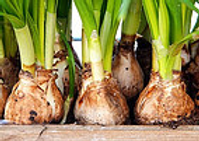
Typical roundish bulbs – these are the typical bulbs you find sold in bags at garden centers. The plant will have leaves with short stems for the flowers. Some examples of these bulbs are tulips, hyacinths, daffodils, and crocuses. Be sure to plant them with the tips facing the sky and check for the correct depth and spacing in the soil. This is usually indicated on the tag.

Rubers – these are swollen roots that are underground. They consist of tubers (or tubes) with eyes, similar to a potato eye. By the way, potatoes have tubers. You can grow a plant if you have a tuber and an eye. Begonias, ranunculus, and dahlias have tuber bulbs.

Rhizomes – these bulbs grow horizontally just below the surface and are so considered swollen roots. Roots and shoots are sent out from its nodes. When the plant begins to grow, it grows upward towards the sky. If you’ve ever cooked with fresh ginger, it is a rhizome. One common flower with rhizome bulbs is an iris. These come in many varieties and are absolutely beautiful in the spring and early summer. They are also easy to separate and share with friends and family.
You’re The Pro! – Flower Classifications
These types of flower classifications are really quite simple. They definitely aren’t the kinds you learned in school, but I’m sure these will be easier to remember! So have fun exploring the various kinds of plants and happy gardening!
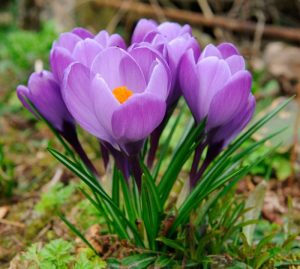
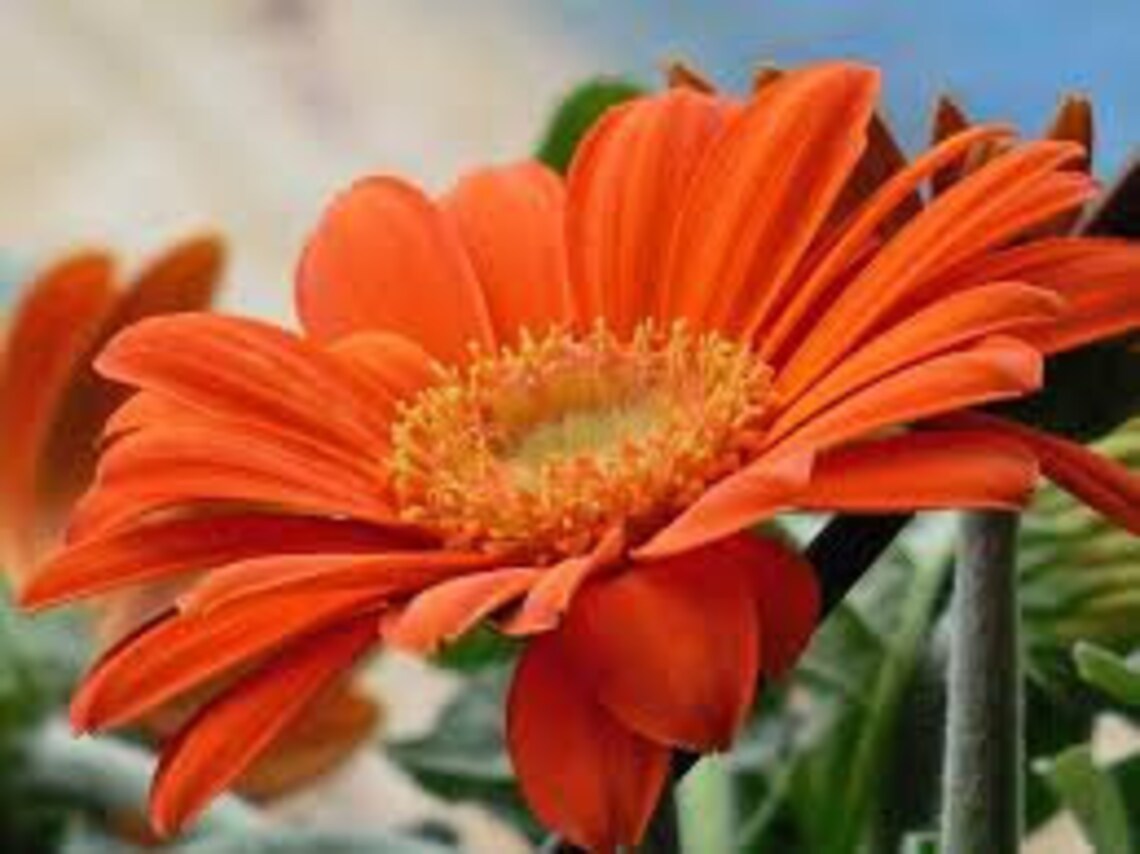
Please share and leave a comment. I’d love to hear from you!
Happy Gardening!
Nina
bestgardeningforbeginners@gmail.com
www.bestgardeningforbeginners.com

